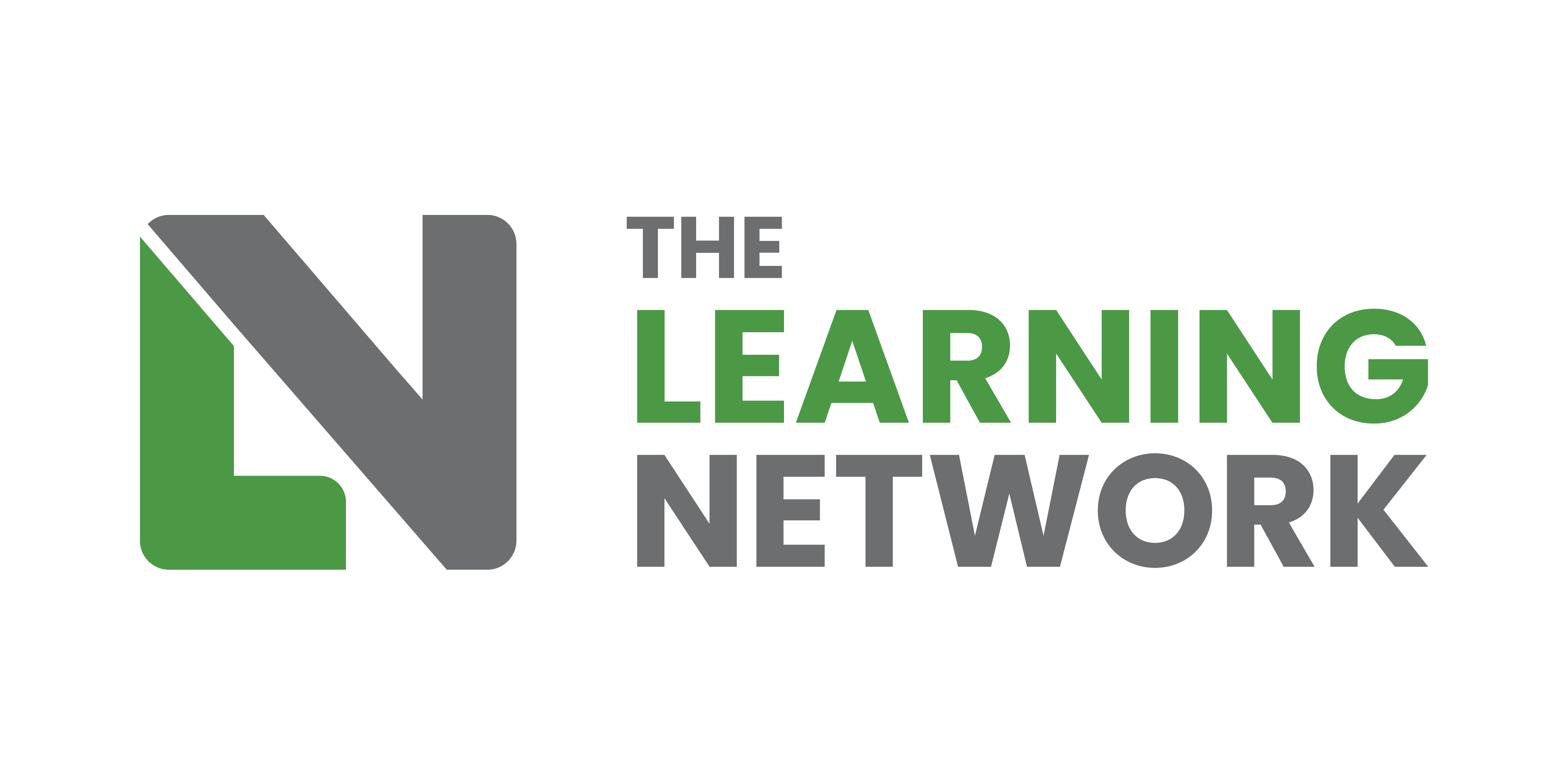By Emily Decker, Learning Network member
I’ll be frank: being inclusive is hard, even for the most well-intentioned people and organisations.
For starters, people are programmed to see things as either “right” or “wrong”, based on a unique set of criteria through which our brains process information. How these criteria are set depends greatly on how we view the world – our “cultural lens”, as it were. Our cultural lens is as unique as we are. Nationality, religion, education levels, family values and more all come into play, and understanding and accounting for all these elements when designing a learning journey is incredibly challenging.
Secondly, a lot of people are scared of getting it wrong. Being seen as insensitive or offensive ranks highly on the list of fears of any L&D professional. Cancel culture is real, and the commercial penalties for being seen as discriminatory, even accidentally or despite the best intentions, can be career-ending.
And finally, our definition of “being inclusive” changes constantly (as it should), and at breakneck speed. The term has exploded to cover various considerations – gender, disability, race, religion, identity… the list keeps growing.
So, no wonder so many in the L&D industry feel overwhelmed. Keeping up to date, being aware of so many different needs and balancing those needs with the various demands of your client or internal teams is overwhelming. And this is just from a UK-only perspective; factor in other nationalities – other cultures, languages, and approaches to all the considerations we just mentioned – and things get even trickier. It can feel daunting, confusing, and frankly, hard work.
That’s why we’ve created our Cross-Cultural Inclusion SOS Kit. It’s a practical, 5-step approach to thinking about your L&D content through a cultural lens. It’s designed to help relieve that sense of overwhelm by giving you a starting point to look at your material and make a few quick checks- is it culturally sensitive for your target market? Have you covered all your bases?
Let’s take a closer look.
Check 1: References and Examples
It’s common to use real-life examples in training content, perhaps in the content itself or in tests at the end of a module to check comprehension.
But how culturally nuanced are those examples?
I’ll give you an example. Years ago, I worked with a learning agency whose original content was written for a US audience and referenced second-generation Mexican American immigrants. That was perfect in the original context but entirely irrelevant for an international audience (we were translating the content into over 30 languages globally).
The solution: Think of less local examples that will be more universally applicable. Or, be prepared to spend more time adapting source content so that your international learners fully understand all your references.
Check 2: Image use
Images and colours are incredibly culturally sensitive. For example, for a UK audience, green represents freshness and is a friendly, open colour. However, green is associated with death in parts of Latin America, and can signal infidelity in China!
Here’s another real-life example: A UK client translated a training program for use in Arabic-speaking countries, among many other markets. They used a geometric pattern as a background, and the image resembled the Arabic script for the name of a religious figure. It could have caused major offence to an Islamic audience if our translator hadn’t raised it as a concern, and the image was replaced in the Arabic version of the course.
The solution: Use neutral patterns or images as much as possible, and if you have a strong colour scheme, check cultural associations with those colours for your international audience. If in doubt, run your content by a localisation expert to help you catch things you might miss.
Check 3: Gender-fair language
In English, there’s a clear movement towards gender-fair and gender-neutral language.
But in other languages, gender-neutral pronouns don’t exist yet. In languages like Spanish or French, gender is hard-coded into adjectives.
In some countries, new trends are emerging to get around this, for example, the use of “@” to include all genders (e.g. In Spanish, if you wanted to say “Dear customer”, instead of “Querido/a cliente“, you might say “Querid@ cliente“).
The solution: It’s always best to run your text past a professional localisation partner for something particularly sensitive. But if you have in-house native speakers or even an international office, you can get a head-start on translations by asking them what the best practice is. Be careful, though; if you ask a colleague who hasn’t been living in the country for a while, things will likely have changed a lot. You need to consult with someone in your target market for the most accurate guidance.
Check 4: Learning preferences
Think about the culture (or cultures) of your learners. Where they live will play a role in how they learn.
For example, some countries like the US are very image-heavy, and like learning through diagrams and illustrations. Other countries, like Japan or India, are very text-heavy; they prefer to have a lot of context and written explanations.
Another example is individual vs. collective societies. In Western cultures, we tend to be more individualistic; we’ll learn independently. However, in many Asian societies, learning happens more in a group.
Understanding your target audience’s learning preferences will help you optimise your learning content.
The solution: Do your research. Find out more about the habits and preferences of the people you’re trying to engage. The earlier you do this, the more time you’ll save, and the better the intended outcome of whatever you’re communicating.
Check 5: Giving feedback
Even when you’ve been as inclusive as possible, asking everyone you can think of for their input and feedback, remember that even something like how comfortable you feel being honest about something is incredibly culturally sensitive.
For example, if you’re producing training content for a German audience and asking a German person for feedback, they’ll give it straight. The same goes for a lot of northern Europeans.
But if you’re working with a group from Asia, say Japan, Korea, or India, you must be much more careful. In these cultures, giving negative feedback directly is a big no-no, so if you don’t hear “This is wrong, you need to change this“, it doesn’t mean it’s right!
The solution: Be creative in the different ways you ask for feedback. Think about using surveys or a scoring system for people to rate the effectiveness of the training. In some countries, you might have to go to the top of the org chart as a junior person will feel uncomfortable giving negative feedback directly, especially if you’re senior to them in terms of tenure at your company, age or career level.
So there you have it – five quick ways to apply a cultural lens to your training content and ensure that what you’re producing fits your audience.
A final thought: It’s easy to give ourselves a hard time with this stuff. With the best intentions, there’s still a chance we will make mistakes. After all, you don’t know what you don’t know.
But being inclusive is all about awareness and openness to adapt to be a fairer, more considerate content provider and, crucially, deliver a better result. We hope that you’ve picked up some top tips on your content inclusivity journey by reading our article! We can’t wait to see the positive impact you’ll create for your audiences.
About the author
Emily is Head of Client Partnerships at Comtec, a localisation company specialising in adapting learning and training content. Emily has worked in the translation industry since 2016, and since 2018 has become an expert in eLearning localisation, working with agencies like Sponge, Mind Tools and Omniplex, as well as in-house learning teams, to ensure that training content is optimised for international learners.
You can learn more about the Cross-Cultural Inclusion SOS Kit and Emily’s work at Comtec here.



